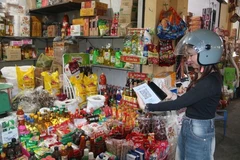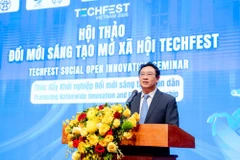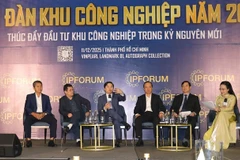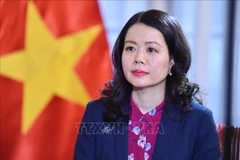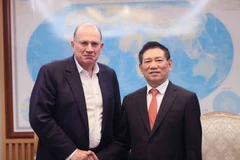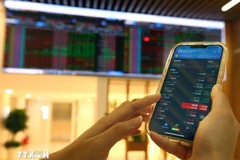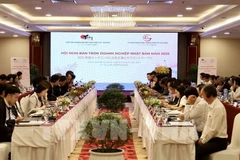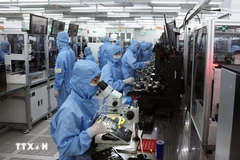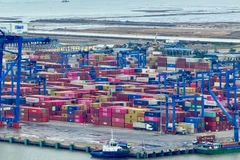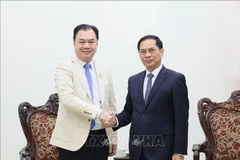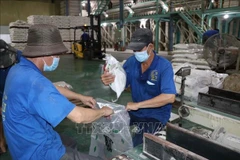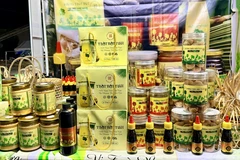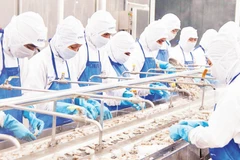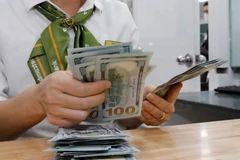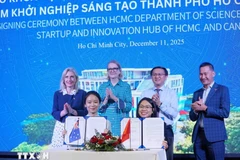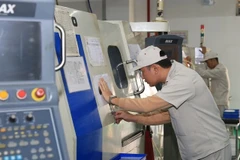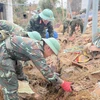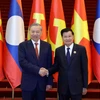The survey found 58 percent of Japanese enterpriseswant to expand their business in Vietnam, which is a positive sign forboth countries in the context of global economic turmoil.
The results of the survey were released at a workshop on the Vietnamese economy held by JETRO in Tokyo late last month.
Koichi Hori, chairman of the board of directors of Dream IncubatorVietnam Joint Stock Company, said at the workshop that Vietnam was aneven more attractive investment destination than China.
Japanese businesses operating in six ASEAN countries – Indonesia,Malaysia, the Philippines, Singapore, Thailand and Vietnam – werepolled, besides India.
Vietnam topped the list with 38.8 percent of companies naming it thebest investment destination, followed by the Philippines with 26.1percent, Thailand with 21.6 percent and Singapore with 20.2 percent.
Vietnam had the highest percentage of firms that were expanding production and transferring technology from other countries.
Many Japanese businesses preferred Vietnam to other ASEAN membercountries due to its social and political stability (64.5 percent), itsmarket potential (47.8 percent) and low labour costs (37.7 percent),the survey found.
Hori highlighted the major successes achieved by many Japanese businesses in Vietnam, including Ajinomoto and others.
The survey also pointed out some of barriers faced by Japanesecompanies in Vietnam, including complicated administrative procedures(67.2 percent), incomplete infrastructure (66.4 percent) andinconsistent implementation of policies (49.6 percent).
Akira Hirano, overseas investment director for Acecook, said poorquality management systems, inconsistent distribution systems,illogical and ineffective ways of working, lack of transparency indoing business among dealers and retailers, and poor marketing skillswere also adversely affecting Japanese business operations here.
Other weaknesses in Vietnam’s manufacturing sector and consumer marketwere pointed out by Hirota Nakanishi, a foreign investment consultantfor JETRO in HCM City.
He said the first problem was the lack of a supporting industry in thecountry, necessitating import of most of the accessories from othercountries, increasing production costs and therefore product prices.
The distance between two major economic hubs of Hanoi and HCM City andpoor traffic infrastructure were other problems faced by Japanesebusinesses, Nakanishi said.
Nakanishi suggested that Japanese businesses place their focus on particular customers in particular locations.
He also advised Japanese investors that they learn better the tastes ofVietnamese customers that can change during different seasons of theyear.
Japanese companies should take care and choose local businesses with maximum potential to co-operate with in doing business.
For his part, Hirano urged Japanese businesses to expand mobile salesto reach several localities. He said this would be better than tryingto reach out to Vietnamese customers through supermarkets.
“Careful and flexible business plans are needed to meet the demand of different population segments on Vietnam”, he added./.

